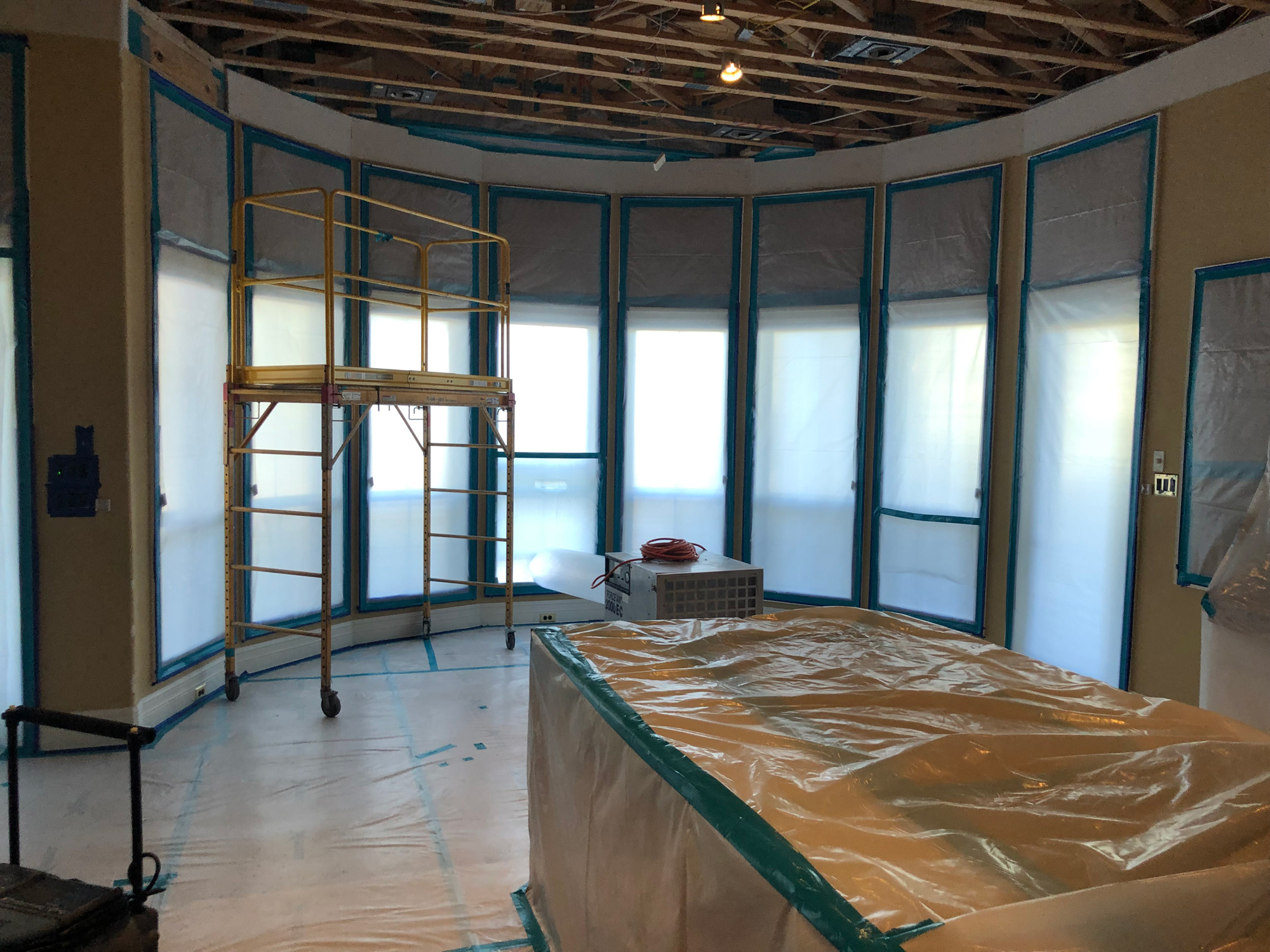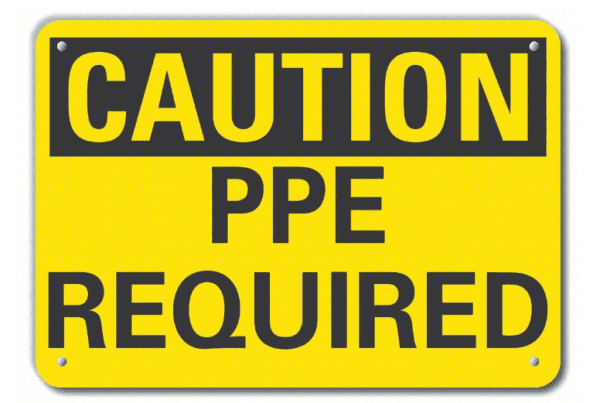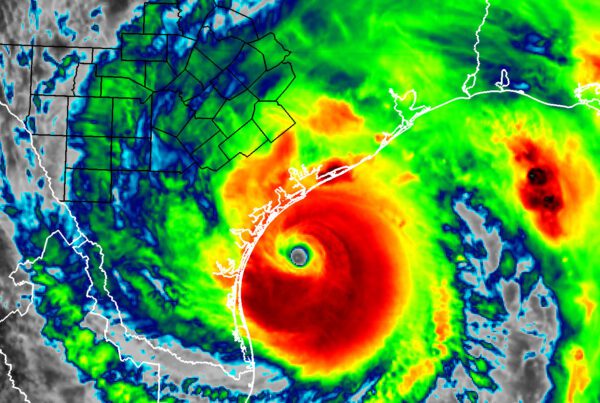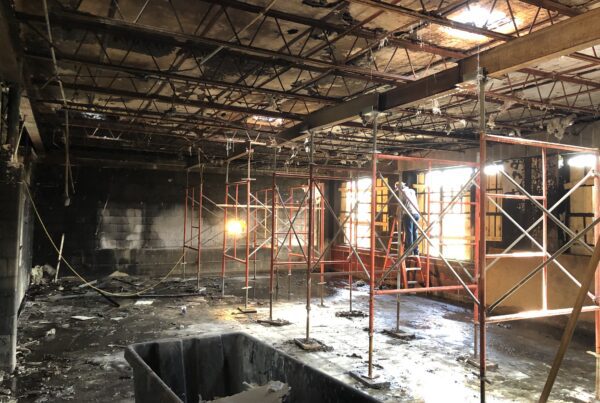Building containment is typically not a specialized skill that many contractors have developed. While there is no wrong way to build a containment, it needs to be constructed so that it accomplishes its primary goal: prevent cross contamination. All too often in the restoration industry, contractors take shortcuts, and might not have the proper materials or lack the knowledge/skills to build a quality, professional containment. It is not as simple as taping some plastic over a door while moldy materials are being removed. Containments can serve different roles throughout the restoration process. Initially, they may serve as a barrier to prevent contaminants from leaving the work area. Once remediation is completed it can serve as a drying chamber if there are remaining wet materials that require drying. Finally, they can serve as a dust barrier during the reconstruction process.
There are three basic types of containment barriers: source, local and full. Source containment can be used to stabilize an affected area prior to containment construction or remediation. It is commonly used in projects involving small amounts of mold growth. Local containment may be use to isolate a section of a room or area. They are intended for moderate levels of mold growth whether it is visible or suspected. After the containment barrier is constructed, negative air should be established. Full containments are normally used when significant and or extensive mold growth is present or suspected. Critical barriers and negative pressure mush be obtained to contain dust and spores.
One of the most important components of a successful containment is the use of an exit/decontamination chamber. These chambers are attached to the main containment chamber, and serve as a transitionary space between the contained area and the unaffected areas. They also provide space for technicians to don and doff their personal protective equipment to prevent containments from being released upon exit. Most importantly these chambers serve as an airlock to prevent loss of established air pressures upon entry and exit.
When working in contaminated spaces, a lower partial pressure differential is most commonly used. This prevents the contaminants from leaving the work area and impacting unaffected areas. When creating negative pressure, the airflow should flow across the work area, which will allow for the contaminants to be captured by and air scrubber/HEPA filtration device. When creating negative pressure, the IICRC S520 Standard for Professional Mold Remediation, states a negative pressure of -5 to -7 Pascal should be maintained throughout the remediation project.
Make-up air is important to prevent collapse of the containment. Without adequate make-up air, a vacuum is created within the containment and can result in damage or failure of the structure. Industrial hygiene practices recommend a minimum of four air changes per hour (ACH) for containment ventilation and dilution. The definition of an air change is to exchange, process, filter, or replace the total air volume of a contained area. The amount of equipment required to achieve the recommended number of air changes is determined by the CFM the machine produces and the cubic feet of air within the containment that needs to be processed.
Containment barriers are arguably the most important aspect of any mold remediation project. A properly designed and built containment barrier will provide protection for occupants, technicians, and the general public.
Until next time my friends, be prepared and stay safe.
Reference: “Containment strategies: what does your containment say about your company?” by Rachel Adams





